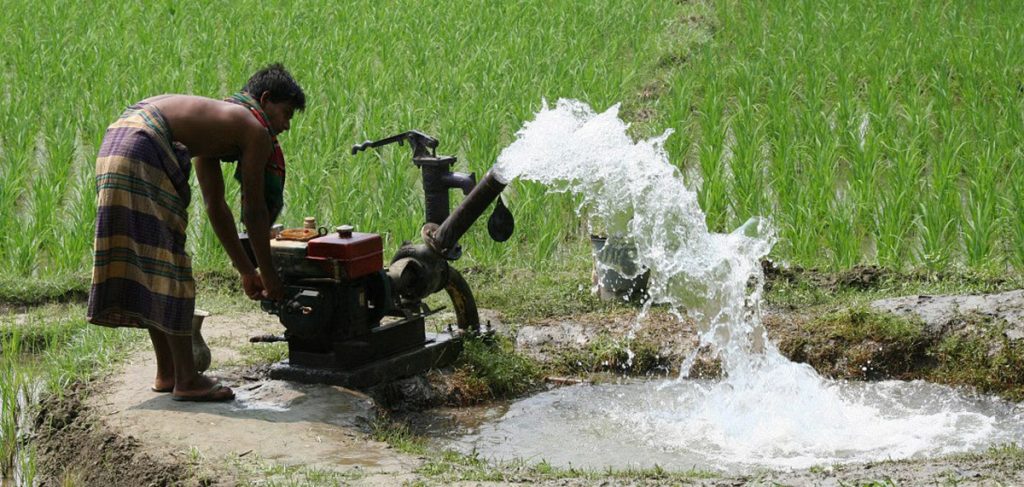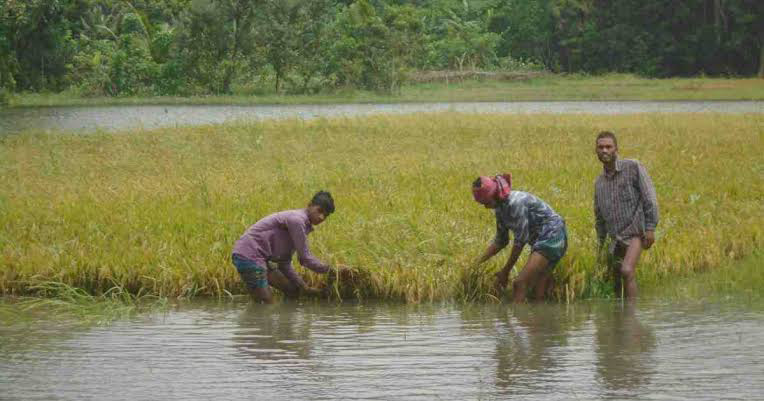Delivering real-time insights, climate-resilient planning, and faster response to safeguard farmers and agri-businesses against weather shocks.

Agriculture is increasingly vulnerable to climate risks such as droughts, floods, heatwaves, and erratic rainfall, leading to yield losses of ~15–20% across South Asia. Insurance providers, agribusinesses, and agri-input companies are now recognizing the urgent need for integrated climate-analytics services to protect their contract farmers and client networks.
ClimatePulse empowers organizations to deliver real-time, location-specific advisory services, driven by high-resolution weather intelligence. By combining data from the Bangladesh Meteorological Department (BMD), satellite imagery, and IoT sensors, ClimatePulse provides actionable forecasts and early warnings on rainfall, temperature stress, drought, and flood risks. This allows farmers to better plan planting, irrigation, and harvesting activities, improving yields and minimizing climate-induced losses.

Example: An insurer using ClimatePulse can instantly verify claims for a drought, speeding up payments to farmers who are affected by weather extremes.


Use Cases:

Parametric Crop Insurance: For extreme weather events like droughts, floods, or wind damage, which impact yields and farmer income. AI-based risk models have helped reduce overall payouts by ~20% while maintaining fair coverage.

Climate-Informed Lending: Banks can use weather data to offer better financing terms, such as adjusting interest rates or payment schedules for farmers in climate-risk zones, especially relevant when 30–50% drops in rain-fed crop productivity occur during droughts.

Risk Zoning: Insurers and lenders can map out climate risk zones, helping diversify loan portfolios or insurance products to reduce exposure, while offering 25–30% premium savings to farmers using hyperlocal insurance models.

Bundled Advisory Services: Weather-based insurance adoption improves when paired with guidance, resulting in 10–15% higher farmer enrollment when bundled with weather advisory services.
